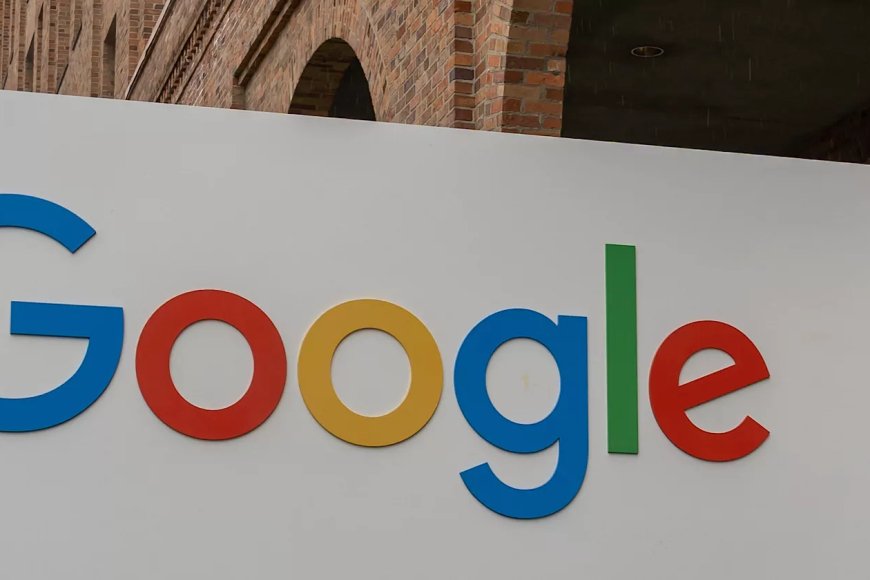infotch.com
In an era where information is consumed rapidly and often without verification, even the most trusted sources are not impervious to the ongoing shifts in the digital landscape. One such bastion of knowledge, Wikipedia, is increasingly reflecting the broader trends that are reshaping how we access and engage with information online.Wikipedia, the crowd-sourced encyclopedia that has become a go-to for millions seeking quick facts and comprehensive overviews, is navigating a complex environment influenced by misinformation, echo chambers, and changing user behaviors. Despite its reputation for reliability, the platform is experiencing challenges that mirror those faced by social media and other online resources.One of the most striking trends is the proliferation of misinformation. In recent years, particularly during key events such as the COVID-19 pandemic and significant political elections, the spread of false information has reached alarming levels. Wikipedia, while often considered a beacon of factual accuracy, has not been entirely insulated from this phenomenon. The very nature of its open-editing model, which allows anyone to contribute, has made it susceptible to both well-intentioned edits that may lack proper sourcing and deliberate attempts to distort information.Wikipedia's community of editors works tirelessly to monitor changes and ensure the accuracy of entries. However, the sheer volume of content being created and modified every minute makes it a daunting task. As misinformation proliferates, the platform has had to adapt its policies and introduce new guidelines to combat these challenges. This includes stricter standards for sources, increased scrutiny of controversial topics, and enhanced training for new editors on how to verify information effectively.Moreover, the rise of social media has transformed the way people engage with information. Instead of turning to encyclopedias for comprehensive knowledge, many users now favor quick snippets of information shared on platforms like Twitter, Facebook, and TikTok. This shift has led to a decline in traditional research habits, with younger generations often preferring bite-sized content over in-depth analysis. As a result, Wikipedia's role as a primary information source is being called into question, as users increasingly rely on social media for news and updates.This transition is not merely a matter of preference; it has implications for how information is perceived and validated. The immediacy of social media often comes at the cost of depth and accuracy. The fast-paced nature of these platforms creates an environment where sensationalism can thrive, overshadowing nuanced discussions and thorough research. Wikipedia, in contrast, strives to maintain a neutral point of view and emphasize verifiable facts, but it must contend with the reality that many users are now conditioned to consume information in a very different manner.As Wikipedia grapples with these challenges, it is also facing a demographic shift within its editing community. The platform has long struggled with diversity, with a predominance of male editors and a lack of representation from various cultural backgrounds. This homogeneity can lead to biases in content creation and the way topics are covered. In response, Wikipedia has initiated outreach efforts to encourage participation from underrepresented groups, recognizing that a more diverse editor base can lead to richer and more comprehensive entries.In addition, the community has launched initiatives to increase awareness about the importance of accurate information. Collaborations with educational institutions and non-profit organizations aim to foster critical thinking skills among users and promote media literacy. These efforts are crucial not only for Wikipedia but for the broader ecosystem of information sharing, as they seek to empower users to discern fact from fiction in an increasingly complex digital world.Despite these hurdles, Wikipedia continues to adapt and innovate. The platform has embraced technological advancements that enhance its functionality and user experience. For example, the introduction of machine learning algorithms to assist in detecting vandalism and improving content quality is a testament to Wikipedia's commitment to maintaining its integrity as a reliable resource.Furthermore, Wikipedia has explored partnerships with platforms like Google to enhance its visibility in search results. By ensuring that its articles are easily accessible and prominently displayed, Wikipedia aims to reclaim its position as a primary source of information in a landscape crowded with competing narratives.As we move forward, the challenges faced by Wikipedia serve as a microcosm of the broader struggles inherent in our digital age. The battle against misinformation, the evolution of user engagement, and the need for greater diversity are all issues that resonate beyond the confines of this online encyclopedia. The lessons learned from Wikipedia's experience can inform other platforms and institutions as they navigate the complicated terrain of information dissemination in the 21st century.In conclusion, while Wikipedia has long stood as a pillar of reliable information, it is not immune to the broader trends affecting the digital landscape. By recognizing and addressing the challenges posed by misinformation, changing user habits, and the need for diversity, Wikipedia can continue to thrive as a valuable resource. Its journey underscores the importance of adapting to an ever-evolving information ecosystem and the imperative of fostering a culture that prioritizes accuracy, inclusivity, and critical thinking.


























